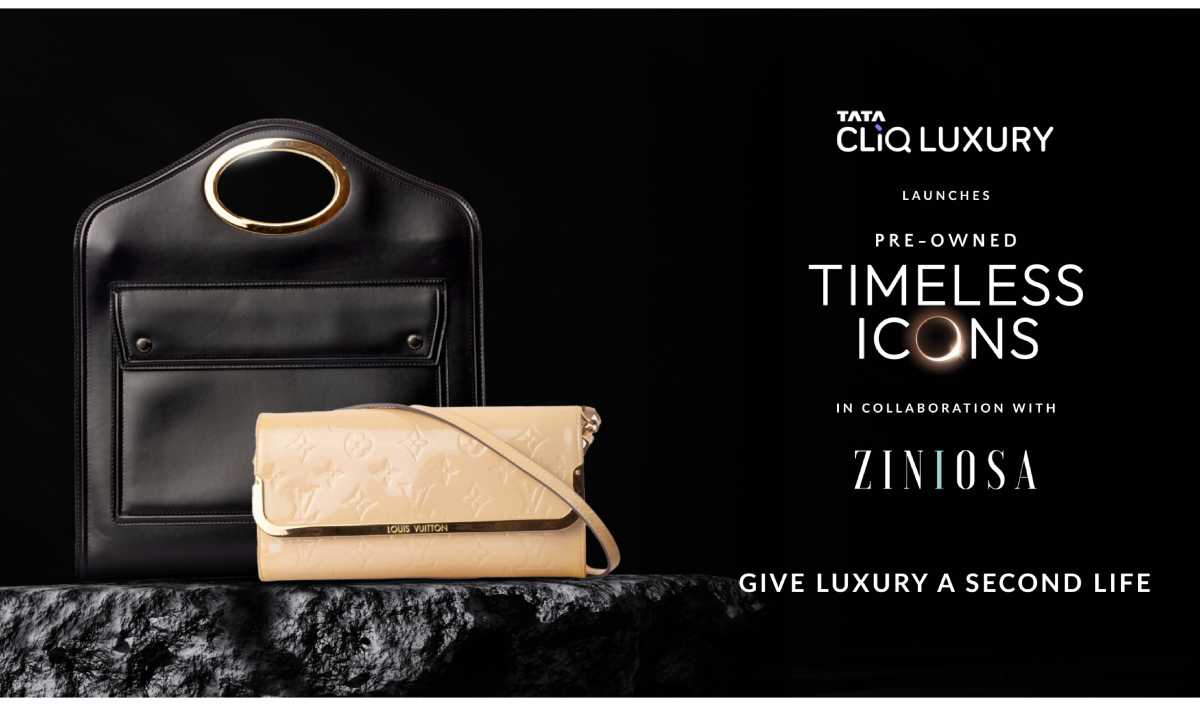
Started off in 1992, and having worked with some of the big names of eyewear industry, Optiline has recently inked pact with French women’s magazine Marie Claire. Reckoning the mettle of brand licensing, Jatin Shah, Director, Optiline Eyewear believes that this strategy helps mid-sized companies scale up in the value chain.
What makes brand licensing a go-to strategy for eyewear segment?
In this product category, you can add value proposition only when you have a brand associated with the products. We have our own brand, under which we launch new styles every few months. But there is a limitation with respect to price points that we can command for. Even if one makes best quality products, in order to move up the value chain, one need to associate that product with a brand and that is where brand licensing comes into play. The confidence of customer is much better than the home grown brand. Also this is a limitation for small and medium sized companies to market the product and the process of brand building itself is very time consuming. Here associating with brand that has global presence, actually helps as it comes with pre-defined quality and level of product.
How has brand licensing been beneficial for your business?
When associated with a brand, I can retail the product at a price at least 25 to 30 per cent higher the initial one, even after paying the royalty etc. Brand licensing has definitely helped us scale turnover with the same set of rules as it facilitates faster recognition amongthe consumers. As of now, Marie Claire is the only license that we have. Apart from it, we are the distributors for various brands like Italian label Mojo, Barberini high performance sunglasses, Markus T from Germany, Baendit.
Why potential do you see in a brand like Marie Claire?
Marie Claire is very popular brand in women segment. They are becoming quite aggressive all over the world and increasing the presence in global markets. After shoes, bags and apparel, they want to foray into more product categories in India. A deal for watches is also in pipeline with Flipkart. With such brand presence, and more categories opening up, that recognition translates into better presence in optical outlets.
How are you planning to retail the Marie Claire range of eyewear?
We have just launched Marie Claire collection on Flipkart a few weeks ago. We have tried to make great products imbibing the DNA of Marie Claire. The team at Marie Claire has entirely supported us in marketing. They have got the photo shoot done with their models in Paris. Also we have created in-store merchandise to have effective marketing in stores.
What are the price points for the collection?
We have launched both eyeglasses and sunglasses. The sunglasses are priced from INR 2,950 to INR 3,850, while optical are priced at INR 2,950 which is very sweet pricing even for youngsters. Such a price level often attracts impulse buying. To even enhance the value proposition, we have given extra attention to the packaging.
What are the challenges in eyewear segment in India?
Distribution is the biggest challenge in eyewear segment followed by pricing that is much unorganized. For optical, we are 100 per cent dependent on optical trade, however scenario is better in case of sunglasses, credits to the emergence of online platforms. We feel growth is much faster online as sunglasses are among the categories that Indian consumers are not reluctant to shop online.
Copyright © 2009 - 2024 License India.















